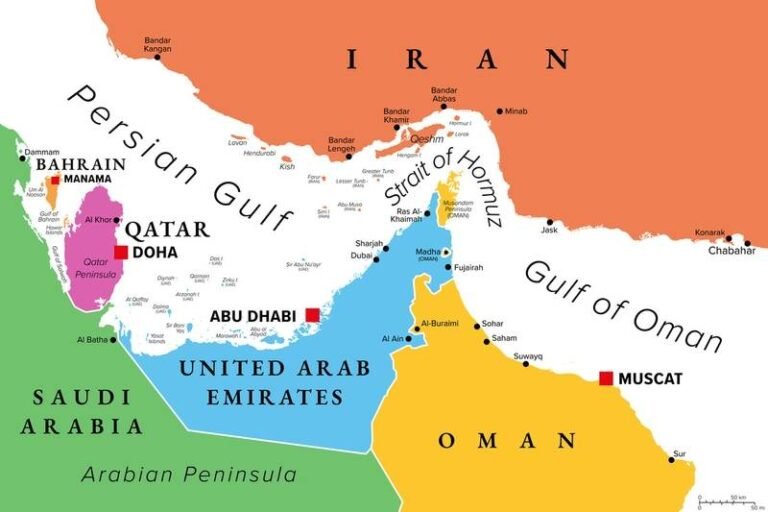The Decision to Close the Strait of Hormuz: Iran’s Response to U.S. Bombing Raids
Iran’s Supreme National Security Council is facing a critical decision following the recent U.S. bombing raids on its nuclear facilities. The possibility of closing the vital Strait of Hormuz, through which 20% of global oil and gas demand flows, has been a longstanding tactic used by Iran to resist Western pressure.
While reports emerged that parliament had backed the measure to close the strait, the final decision rests with the Supreme National Security Council. It has not been officially confirmed whether a bill has been adopted to this effect.
Esmail Kosari, a member of parliament’s national security commission and a Revolutionary Guards Commander, stated that the decision to close the strait is under consideration. He emphasized that the ultimate responsibility lies with the Supreme National Security Council.
Foreign Minister Abbas Araqchi, when questioned about Iran’s intentions regarding the strait, remained non-committal and suggested that Iran has various options at its disposal.
The strategic significance of the Strait of Hormuz cannot be understated. Situated between Oman and Iran, it serves as a crucial link connecting the Mideast Gulf to the Gulf of Oman and the Arabian Sea. With a width of 21 miles at its narrowest point and a shipping lane only 2 miles wide in each direction, any disruption to maritime traffic through the strait could have far-reaching consequences.
As tensions escalate in the region, the decision on whether to close the strait will have profound implications for global energy markets and geopolitical dynamics. The world watches closely as Iran deliberates its next move in response to the U.S. actions.
(Source: Reuters – Reporting by Dubai Newsroom; Editing by Hugh Lawson and Giles Elgood)

